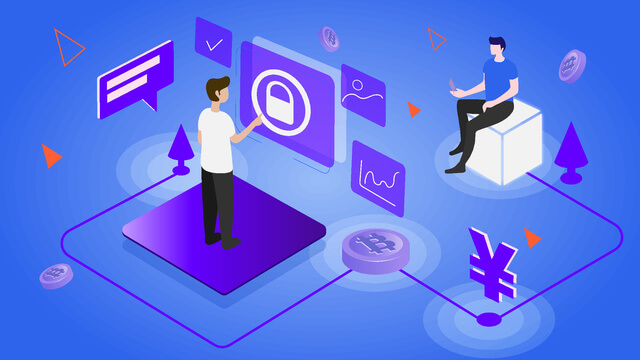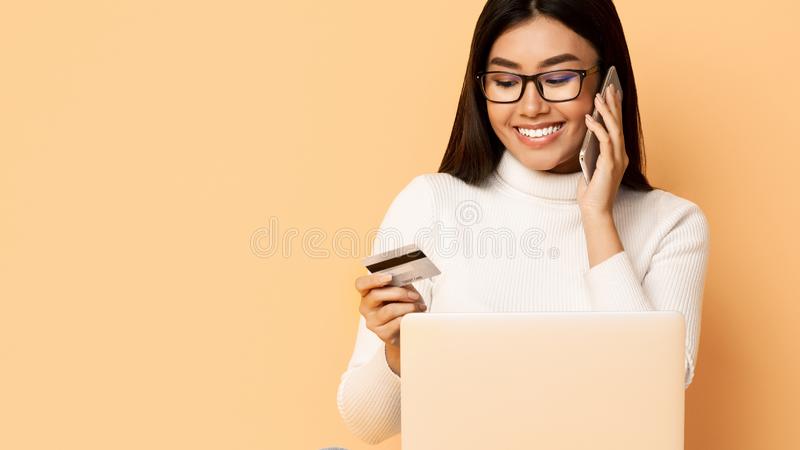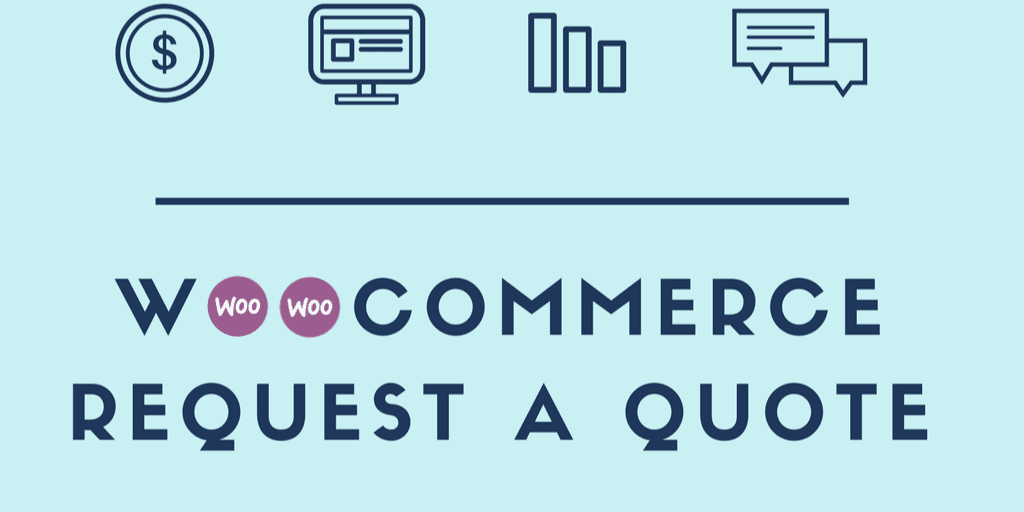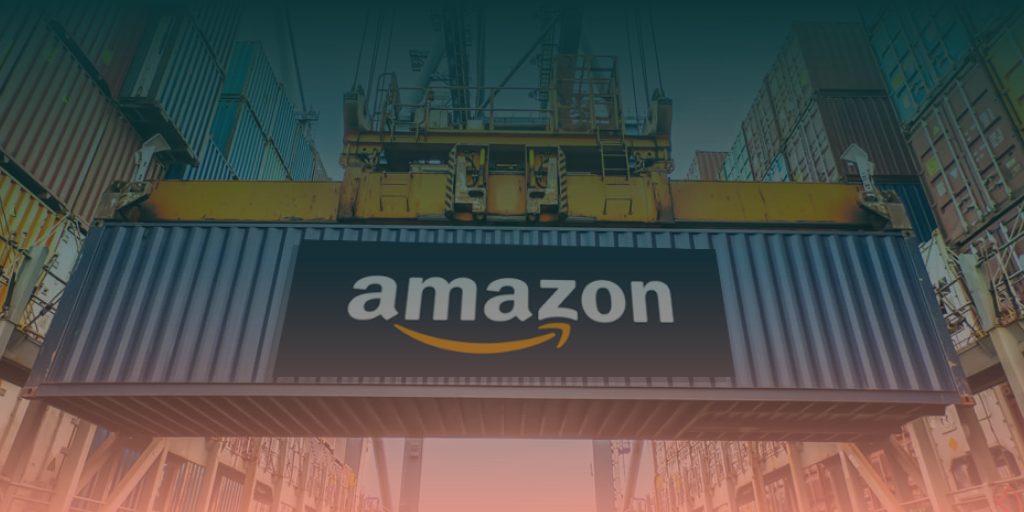You had an idea for an eCommerce store. You implemented it correctly, and now you’re ready to start selling online.
But wait, is it that easy to start selling?
Yes, it is, but you need to play your cards right from the outset.
First and foremost, you need to have the right supplier working alongside you. With the internet, never before have we seen the ease with which you can contact suppliers from all over the world.
Where can you find good suppliers? Alibaba. Period.
Yes, I know there are other B2B eCommerce marketplaces you can scour for suppliers, but why not choose the prime player in the B2B eCommerce market?
For decades, Alibaba has been the major force in the digital B2B space. The marketplace is also host to thousands of buyers and suppliers from all across the world.
If you’re looking for local and international partners for your dropshipping eCommerce store, regardless of the business model, then Alibaba is an ideal choice.
This post is your ultimate guide on how you can effectively source B2B suppliers for your business through Alibaba.
We’ll be going in-depth regarding everything Alibaba, its legitimacy, and the pros and cons of purchasing from the platform.
On top of that, we will also be providing you tips with regards to getting started with sourcing from the marketplace.
So, let’s start, shall we?
What is Alibaba.com?

A B2B marketplace, a bazaar, where B2B buyers and sellers come together to carry out transactions, that’s the essential core of Alibaba. It’s secure and trusted by businesses the world over.
Founded by Jack Ma in 1999, the company has expanded its reach worldwide with its marketplace model.
For dropshippers, it’s the best place to find and source suppliers.
Alibaba vs. AliExpress

You might have heard of AliExpress and Alibaba.
Both the names are thrown around a lot and are often used interchangeably. In reality, these are two different platforms.
While Alibaba focuses on B2B transactions, AliExpress’ sole focus is on B2C transactions. The products are priced for the consumer rather than for the bulk buyer, which is the case with Alibaba. Aliexpress also happens to be the prime eCommerce store for Chinese eCommerce consumers. Think of it like Amazon or Rakuten of China.
Is Alibaba Safe?

Now, considering that it’s a foreign service, you might be skeptical of Alibaba’s security protocols. Let’s discuss this in detail:
In a nutshell, Alibaba is a place where you can safely source suppliers without worrying about scams or illegal activities.
The platform offers a trade assurance program that verifies the identity and business practices of the supplier. This ensures that any supplier coming into the store is legitimate and doesn’t lag on their promises. The three pillars of this program include:
- Convenient payment solutions ranging from debit, credit, and payment gateway options.
- Payment security options.
- Help and support options.
For suppliers, this isn’t mandatory but if they’re looking to become a verified Alibaba business, then this is a must-have. This doesn’t imply that those not verified are not legit businesses. They are also good businesses that you can work with. You just have to do some research on them beforehand.
Protecting yourself on Alibaba

Now there are some best practices that you can look at if you’re looking to protect yourself on Alibaba:
Supplier verification:
Besides the trade assurance program, Alibaba has different options for verification. The following chart describes the way Alibaba verifies its suppliers. Once a user is verified, the verification badge is displayed right next to their profile and products. For dropshippers, this is a great filter to source out only the most legitimate suppliers.
Asking the right questions:
When working with suppliers, don’t just rely on their sales pitch or marketing materials. Instead, focus on what you want from the suppliers. For that, you need to ask them the right questions. You can start with something as simple as a phone number, a factory visit, or a sample of their products.
You need to be assertive in your approach since, after all, supplier sourcing is a complicated process, and switching them is never an ideal solution. Even if the supplier is legitimate, you need to conduct skype meetings and regular updates from their end.
As discussed before, if you’re not 100% on the supplier, then don’t go for it.
Samples, samples, samples
Requesting lab reports, verification reports, product samples, standards certificate, product videos, among other documents from your supplier is an essential part of the supplier sourcing process.
The end goal is that you should never turn a blind eye to how your suppliers are manufacturing their products.
If the supplier is doing something that’s against standardized business practices, you can find yourself in legal trouble.
Weigh your options:
We reiterate “being satisfied 100%” with the supplier time and time again. These are long-term decisions and you giving a supplier “the benefit of a doubt” won’t cut it in this scenario.
If there is something even a bit off in the practices of the supplier, you don’t have to move forward with them. Instead, go for other options. Again, if you’re far ahead in the supplier sourcing process, then this process is going to sound a bit strenuous.
If you’re thinking long term, however, this sourcing process is going to help you out in the long run.
Alibaba dropshipping: pros and cons

Being a Chinese owned company with suppliers from all over Asia, there is one advantage for North Americans and Europeans to purchase from Alibaba: low manufacturing costs.
Reduced manufacturing costs are certainly an allure for those looking to get their dropshipping business off to a great start. There won’t be a dropshipping market if it wasn’t for overseas manufacturing.
The following are some of the benefits you can gain from dropshipping:
- With low manufacturing costs, you can source suppliers cheaper that can turn a profit.
- As a small business, suppliers are more likely to favor your business operations.
- Alibaba gives you multiple supplier options to choose from.
- The Asian production market is host to a variety of different items. Some items are specific to the Asian market.
- With its interface and supplier options, Alibaba has made it easy to navigate through multiple options.
Now, with all good things comes the downside. When you source suppliers from Alibaba, it comes with a few cons:
- Being sourced from Alibaba without a brand, customers might perceive the product of lower quality than the local product.
- Labor issues are a problem since Asian sweatshops across developing countries are infamous for using child labor in manufacturing.
- Lack of copyright protection.
- Language barriers within the product and with the suppliers. A tech product’s manual might not be written in English otherwise stated.
- Shipping issues.
- Cultural differences in business practices.
- Custom clearance costs.
- Payment Security (Alibaba takes care of it, but there are associated issues).
Tips for buying from Alibaba
The following are recommendations for you if you’re looking to get started with B2B purchasing from Alibaba.
Begin your search

Starting off your search on Alibaba is just like starting any search in any eCommerce store worth its salt. All you have to do is select a category or a search term that you like to search for and browse through products. If there is a product list that you find interesting, you can search for its supplier and contact them.
Again, like any professional eCommerce store, you can filter by category, place, location, and more. Again, the deeper and more sophisticated you make your search options, the better the chances of you landing a good supplier.
What to Look for On Product Pages

There are several things you need to look at on your product page before you begin with the selection process.
Take the example of the adapter product display taken from Alibaba right here.
Let’s take this example and analyze it at a deeper level.
Unit price

The first thing we need to look at here is the pricing of the product. In the listing above, we see a price of $2.50 per item. Depending on the amount of product you wish to purchase, you can increase or decrease the range of numbers.
While not mentioned here, there are also pricing models called FOB, which implies that the sellers bear the costs of transporting the goods to the buyer.
Minimum order quantity (MOQ)

Another aspect of the product description you want to look at is the minimum ordering quantity of the available product. Unlike B2C, you can’t purchase a single product. There needs to be a minimum order that you have to fulfill to complete the purchase. This ensures that the B2B model of the supplier is kept in check.
Payment options

Once you’ve got a handle on the minimum product quantity, you can go ahead and understand the payment options given by the supplier. There are plenty of payment methods available on Alibaba, each one with its level of risk. To list them:
- Bank Transfer (High Risk).
- LOC (Letter of Credit) (Medium Risk).
- Western Union (High).
- Paypal (Low).
- Escrow (Low).
Depending on your convenience, you can select any of the payment terms that you wish to use.
How to find and source a winning product to sell?

In the next few sections, we’ll be showing how you can source products that have the potential to sell high and convert for your online dropshipping business.
Contacting Suppliers

Once you have the basic security protocols in check, it’s time you move on towards selecting the right suppliers for your store. Now, when you’re doing business abroad, it’s best to consider the cultural and language differences. When contacting suppliers, you can use a messaging platform like WeChat or contact suppliers through email.
Speaking of language differences, make sure that in your emails and messages, you don’t have any spelling errors, especially if you’re using google translate. The benefit of this is that you’re getting the point across to the supplier in their language without any problem.
To make sure that you’re getting the best out of your communication processes, keep your emails short, concise, while also asking the right questions to the customers.
Requesting for Quote (RFQ)

Quote requests are the mainstay of any B2B transaction. Regardless of whether you’re a returning customer or a new one, you would want some sort of discount on your bulk purchase.
RFQ’s are the best way to get those discounts on your projects. Unlike standalone B2B stores where the request for quote button is placed automatically, on marketplaces like Alibaba you have to contact the supplier to request a quote for the bulk product.
Now, you can either do that through email or a messaging platform. It’s preferred that you choose the second one:
Let’s see some best practices of your email content in action:
- Confirm the MOQ quantity even if it’s clearly stated. Also, you can negotiate the MOQ from the supplier which can be increased or decreased depending on the supplier. Sample requests are essential. How else are you going to find out the product if you don’t see a sample of it in your hands (or view it in its person)?
- Next, you need to look at the pricing of individual products. At a standalone level, you can get pricing of let’s say 4 to 5, but you need to know the exact number for the product so there are no discrepancies within the content.
- Time is an important consideration especially if you’re ordering products with a spoilage time. Even if we do not consider spoilage times, you need to have exact deadlines for the deliverables.
- How and what you’ll be paying are two questions that are a must-have on your eCommerce store. You want to ensure that your payments are sent accordingly to avoid any discrepancies in the future.
The following example illustrates correctly an email template.
As you can see, it’s a short and simple email that conveys the message perfectly.
Negotiating

Once the conversation has begun, it’s time to weigh in on the prices of the product you’re purchasing and request discounts on the product. When you have an idea of what you want from the supplier and their business practices, it’s time you start the negotiation process. These practices ensure that both parties are satisfied with the result of the negotiation. There is no harm in negotiating for a better price, but don’t push too hard.
Evaluating the Supplier

When you’re done with the evaluation process, it’s time you go ahead and evaluate your suppliers. The reason for that is simple: you need to see which supplier is the best fit for your business. This includes evaluating not only their technical skills but their soft skills as well. When you consider all of that, you’re setting a seamless business operation.
Final Words
Your dropshipping store is the bread and butter of your brand. To get the most out of it, you need to consider everything in your business.
With that in mind, you need to consider everything. Understanding security and safety makes you come a long way and overall, your success is a click away.
If you’re a WooCommerce B2B store owner and want to enhance your productivity, then B2BWoo is the best option for you. It’s a one-stop-shop for your every WooCommerce B2B eCommerce solutions.
